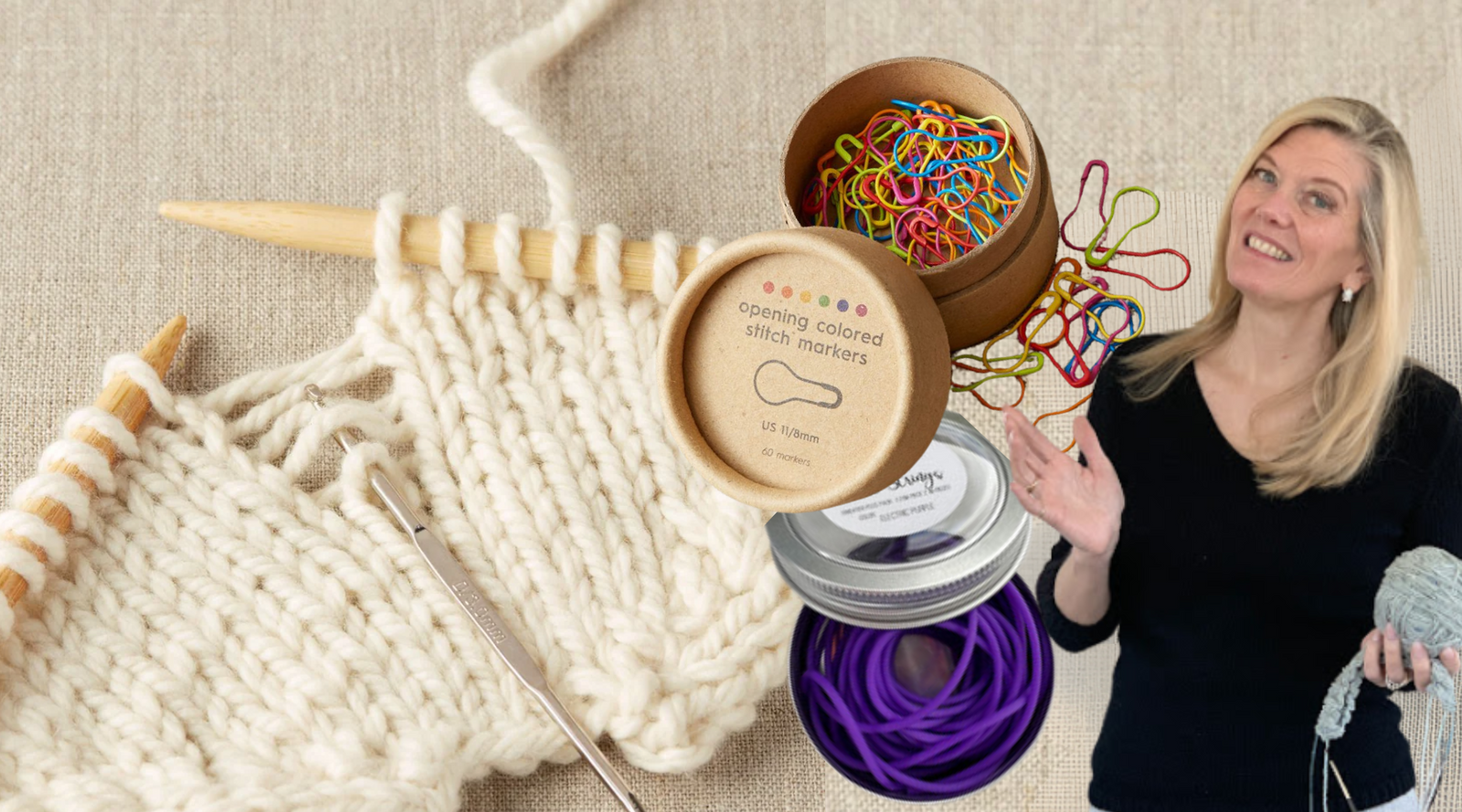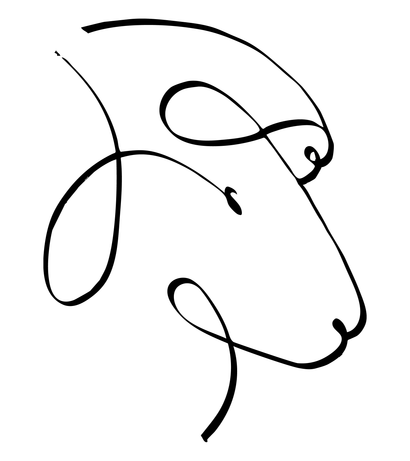Free shipping on all domestic orders over $150
Free shipping on all domestic orders over $150
Shop
Add description, images, menus and links to your mega menu
A column with no settings can be used as a spacer
Link to your collections, sales and even external links
Add up to five columns
Add description, images, menus and links to your mega menu
A column with no settings can be used as a spacer
Link to your collections, sales and even external links
Add up to five columns

Favorite knitting notions
December 11, 2023 3 min read 1 Comment
This week Keisha was in the shop working on the sleeve of her Chestnut cardigan. She had a locking stitch marker on the fabric with other locking stitch markers hanging from it. What she does is use the stitch markers to keep track of how many decreases she has to do and how many more remain. I thought it was so clever that I videoed her explaining it - you might have seen it on Instagram or YouTube.
The power of notions. Notions are the tiny tools that make knitting better, easier, and smarter, and this time of year, they make terrific stocking stuffers.
Today, I have compiled a list of my favorite stocking stuffers and this week on YouTube, I’m highlighting some of the techniques the different ways you can use them.
Here are my top 20 notions
- Ring Stitch markers (the non-opening kind) - I use these to separate pattern repeats, mark changes in my stitch pattern, track stitches cast on, indicate where my decreases will be complete, and so much more
- Locking stitch markers - to mark a the right side of a reversible fabric, catch a dropped stitch, indicate an error to be corrected, mark where shaping was made
- Medium sized crochet hook - for provisional cast ons, to correct errors in stockinette, or to make a chain stitch for any number of things.
- Stitch fixer or double ended crochet hook - this makes correcting errors in garter stitch much easier - also useful for smaller provisional cast-ons and chains
- A set of double pointed needle - I use these as cable needles. Plus they’re great to hold stitches in a section to be reworked, to hold different sections of unknit stitches
- Darning needle - for seaming, weaving in ends, and teasing a tangled yarn apart
- Retractable tape measure – for measuring body parts and knitted fabric - also for measuring needle lengths.
- Clear ruler - for measuring gauge and fabric - or an all in one
- Needle gauge - when the size wears off your needles or tips - or when your old eyes can’t see that tiny writing
- Scissors - these are the sharp ones you use to clip the bits of woven in ends. My favorite are the gold tipped ones that look like a little stork.
- Sharp needle and thread - for sewing buttons onto sweaters, poms onto hats, or to encourage recalcitrant ends to stay put
- Long small-gauge circular needle - to catch stitches when your working needle has fallen out - also nice for extra length when trying something on
- Purl strings - when the circular needle still doesn’t give you enough length
- Stitch stoppers - for full needles and when you’re trying things on – see number 12
- Claw clips - to hold pieces of fabric together for seaming
- Highlighter tape - to mark sections in a chart - both the rows and the specific areas that coincide with the size you’re knitting
- Pen - to write down any changes you have made to your work or where you are when you get up from your project (or put it to hibernate)
- Emery board - for when your nails catch on your fabric
- Hand lotion - dry hands can catch on fabric too. Lotions smooths it all down
- Rubber grippers - it can be a challenge to get a good grip on interchangeable needles whether you’re doing the Addi twist and click or just screw-in joins. These grippers give you purchase. They also help you get a grip on your darning needle if you need a little extra grip.
- Dental floss - this is a bonus notion courtesy of Ginni who uses dental floss as a lifeline!
1 Response
Leave a comment
Subscribe
Sign up to get the latest on sales, new releases and more …


Sigrid
December 12, 2023
I use dental floss to do the base tie off of pompoms. It holds wonderfully and can be used to attach the pompom if necessary. Particularly good if working with yarn that isn’t inherently strong.